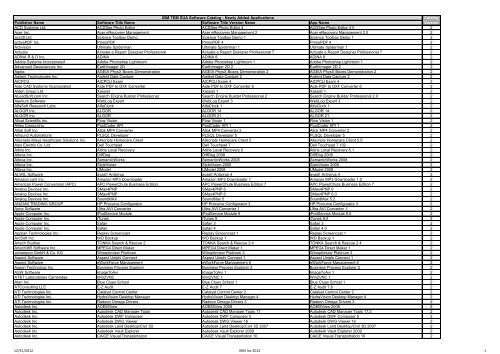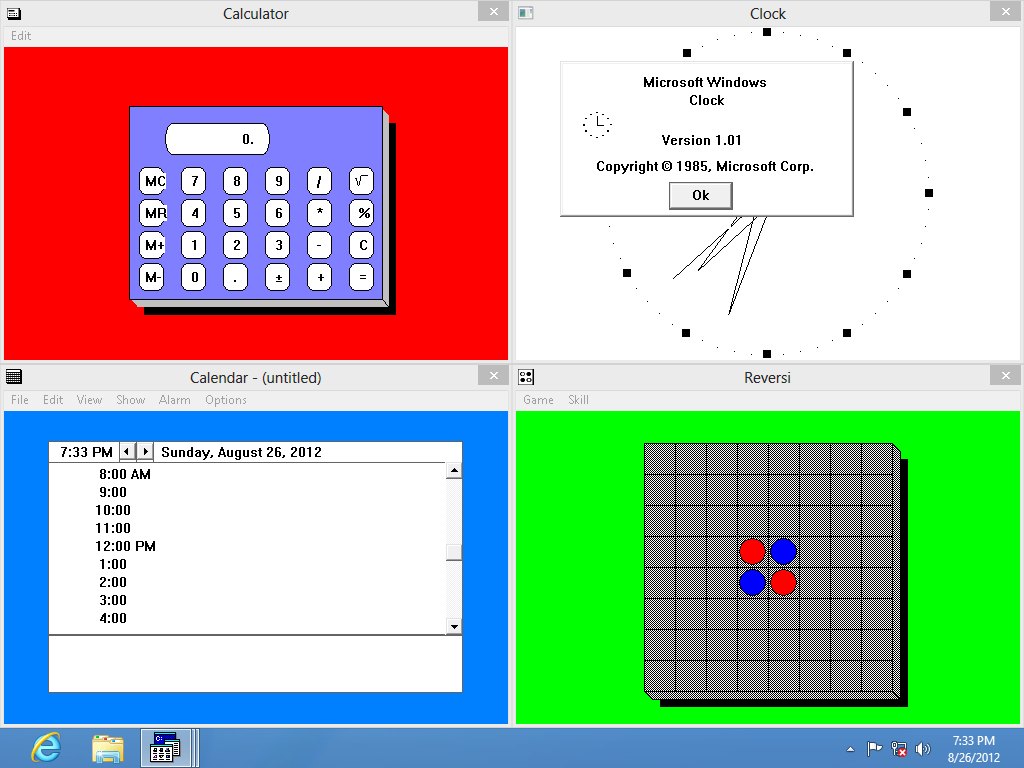

Various Microsoft publications, including a 1998 question-and-answer session with Bill Gates, reveal that the letters were expanded to 'New Technology' for marketing purposes but no longer carry any specific meaning. One of the original OS/2 3.0 creators, Mark Lucovsky, claims that the name was taken from the original target processor-the Intel i860, code-named N10 ('N-Ten'). However, the project was named NT OS/2 before receiving the Windows brand. It is well believed that Dave Cutler intended the initialism 'WNT' as a pun on VMS, incrementing each letter by one. To ensure portability, initial development was targeted at the Intel i860XR RISC processor, switching to the MIPS R3000 in late 1989, and then the Intel i386 in 1990. When development started in November 1989, Windows NT was to be known as OS/2 3.0, the third version of the operating system developed jointly by Microsoft and IBM. Microsoft decided to create a portable operating system, compatible with OS/2 and POSIX and supporting multiprocessing, in October 1988.

Windows NT 3.1 was released as alpha versions in 1991-1992 and beta versions in 1993. Also, it was more secure and crashed less.

That means it had a brand new core to do more things than the MS-DOS-based one that they used in older versions of Windows. They were the first to use their new 'NT' (New Technology) core. Windows NT is a series of Microsoft's Windows operating systems written in the C and C++ programming languages. IA-32, x86-64, ARM and Itanium (and historically DEC Alpha, MIPS, and PowerPC)ĭepending on version, edition or customer choice: Trialware, commercial software, volume licensing, OEM-only, SaaS, S+S Windows Update, Windows Server Update Services


 0 kommentar(er)
0 kommentar(er)
